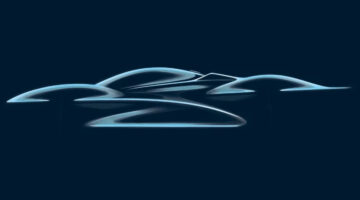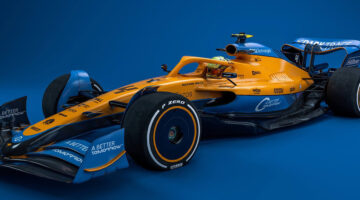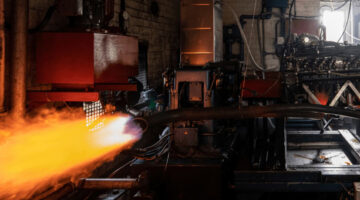We catch up with the man behind some of the most beautiful images from the Formula 1 calendar, Czech photographer Vladimir Rys.
[Not a valid template]Vladimir Rys has spent the last eight years following the Formula 1 circus around the world, and has captured thousands of incredible shots of the action and the people behind it. We caught up with him ahead of this weekend’s Abu Dhabi Grand Prix.
How long have you been a photographer?
I have started taking pictures in the age of 13/14, shooting mostly landscapes and Prague’s old town, the city I grew up in. My grandfather was a professional photographer so I must have got some genes from him. I studied the economy but later decided that it was not what I wanted to do, so I signed up for a Prague photography school. After about six months the biggest Czech sports daily newspaper, the Daily Sport, called and offered me a job, and I became a staff photographer for them. Now I have 17 years’ work experience and I have spent nine years shooting Formula 1 so far.
How did you get into Formula 1 photography?
I was actually pushed by my former boss to do it. He thought the style in which I shoot would help improve the Formula 1 coverage my agency was doing at that time. In the beginning I refused, so they have sent other colleague of mine to cover that year, but half way through the season he came back to me and said “I want you to do the F1 coverage next year” and so I said “OK”. I couldn’t refuse again!
Before I first entered an F1 track, I had never had much interest in motorsport, being one of these football kids. My heroes were the likes of Maradona. I had a general interest in sport, so of course I knew Michael Schumacher, Senna, Prost and other legends of the sport at that time, but that was it. But I remember first time I stood next to an F1 car at testing in Jerez and that noise, the power of the engine and the smell of petrol and burned rubber just got me straight away. I love the sport now.
Not being a fan to start with probably helped me a lot, especially in the first years when I was still learning the sport and the dynamics of it. I gained a certain distance and could look at the sport with a different and fresh eye, or at least that was the feedback other people gave me.
I kept and still keep looking at the sport from a photographic angle before any other. I don’t ask for autographs or cheer at key moments with the team. I am a photographer and my job is to take pictures, and I love taking pictures, so for me the drive to get the picture is much stronger than the need to cheer or support the driver or the team. Of course, when you have the chance to live three consecutive world championships with the best team in the world, and history is being written in front of your eyes, you realise how special these moments are and you do want the team to win, because you know how much they have worked to get there, and you know the drivers and you know the mechanics. But I think the experience I already have gives me the comfort to be able to switch off at key moments and focus only on the picture I want to get in the next second.
Many other snappers try become friends with the drivers, I don’t. Being friends with the driver bothers me a bit, cause I need that distance from them when I work. From the moment I enter the garage I only communicate with my camera. That reminds me when, during the early days of Sebastian Vettel‘s time at Red Bull Racing, he used to joke around all the time with everybody. I was shooting him once and trying to get a really nice portrait of him, while he looked at me with his smile on his face ready to deliver another joke and messed up the picture I was trying to get. I looked up to him and kindly asked him to be serious; I think he didn’t expect that, but he understood straight away and has never done that to me again since. Now he is a fully focused, complex driver, who has got three consecutive titles and is just about to reach the fourth and our relationship is fully professional. That makes the pictures even better.
What are your memories of shooting at your first Formula 1 race?
My first Formula One race was the Australian GP in 2005. I remember I had no clue where to go, where I was allowed to stand and where I wasn’t. I even left the photographer’s bib back home, because nobody told me I needed it to enter the track. I was absolutely lost and I have spent about 12 hours on the track every day. It was a hard work, but I am grateful for that now.
What are the best parts of shooting a race weekend?
For me the best part is the starting grid. There is a special electricity on every grid, a special buzz, and the time goes by so quick. You can get so close to the drivers and their facial expression are so tense and so different to the rest of the weekend. They are dressed up and ready for the fight, modern gladiators trying to reach harmony with their machines. That is just the best moment for pictures from the whole weekend and that is the moment I rarely miss.
And what are the worst?
I don’t really have a worst moment in the weekend unless it’s raining like hell or it’s really, really cold. I love almost every moment of it.
Who generally uses your shots?
I have a variety on clients from commercial, editorial and sports businesses, but the most important is Red Bull, who use my images quite a lot.



